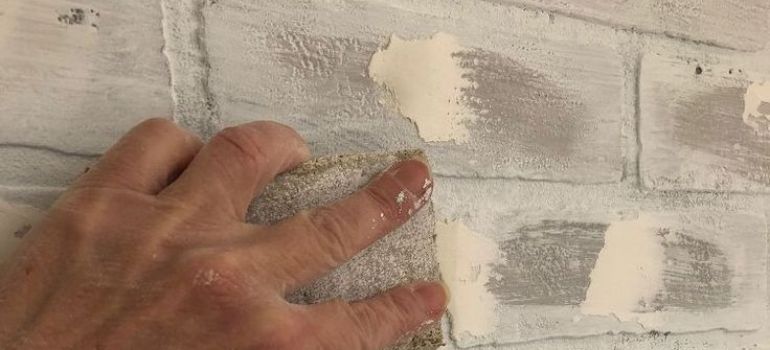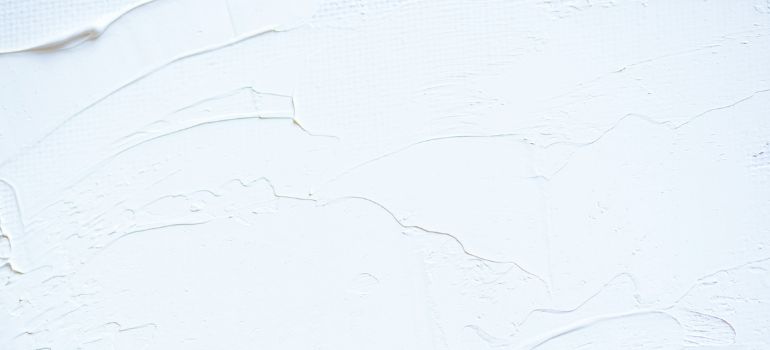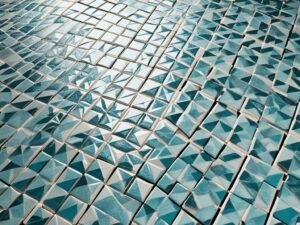If you’re planning to paint your walls or ceilings, you’ll likely need to apply drywall mud to achieve a smooth and even surface. However, before you can proceed with painting, it’s crucial to allow the drywall mud to dry properly. In this article, we will discuss the ideal drying times for drywall mud before priming, ensuring that your paint job turns out flawless.
Understanding Drywall Mud
Before diving into the drying times, let’s first understand what drywall mud is and why it’s essential in the world of home improvement.
What Is Drywall Mud?
Drywall mud, also known as joint compound, is a thick paste used to cover joints, seams, and imperfections in drywall installations. It plays a vital role in creating a smooth and seamless surface for painting.
Drying Time Factors
The drying time of drywall mud is a critical aspect of any painting or drywall finishing project. Understanding the various factors that influence drying times is essential for achieving a successful outcome. Here, we’ll delve deeper into these factors:
Type of Drywall Mud
The type of drywall mud you choose has a significant impact on drying times. There are three primary types:
Regular Drywall Mud
Regular drywall mud, also known as all-purpose or pre-mixed mud, is the most commonly used type. It typically contains a mixture of gypsum and water. This type of mud requires the longest drying time, usually around 24 hours for each coat. It’s ideal for projects where you have ample time for drying, such as large renovations or new construction.
Lightweight Drywall Mud
Lightweight drywall mud, as the name suggests, is formulated to be lighter than regular mud. It often contains additives like perlite or fiberglass, which reduce its weight and density. Due to its composition, lightweight mud dries faster, usually within 12 to 24 hours per coat. It’s an excellent choice for projects where you want to speed up the drying process without sacrificing quality.
Setting-Type Drywall Mud
Setting-type drywall mud, also known as quick-setting or hot mud, is designed for rapid drying. It contains chemical accelerators that speed up the hardening process. This type of mud can be sanded and primed within a few hours, making it perfect for situations where time is of the essence. However, working with setting-type mud requires efficiency and precision, as it sets quickly.
Environmental Conditions

The environment in which you’re working plays a crucial role in determining drying times. Factors such as humidity, temperature, and ventilation can significantly affect the drying process.
Humidity
High humidity levels can slow down the drying process, especially for regular and lightweight drywall mud. When the air is humid, it hinders the evaporation of moisture from the mud, causing it to take longer to harden. To counteract this, ensure proper ventilation and consider using dehumidifiers in the workspace.
Temperature
Temperature also plays a vital role in drying times. Warmer temperatures can expedite the drying process, while colder environments may extend it. Aim for a temperature range of 50-70°F (10-21°C) for optimal drying conditions. Avoid working in extreme heat, as it can cause the mud to dry too quickly and become challenging to work with.
Ventilation
Proper ventilation is essential to promote even drying. Ensure that your workspace is adequately ventilated by using fans, opening windows, or using exhaust systems. Good airflow helps moisture escape from the drying mud, which is particularly crucial for regular and lightweight mud types.
Thickness of Application
The thickness of the drywall mud application is another key factor in drying times. Thicker layers of mud will take longer to dry than thinner coats. It’s essential to apply mud evenly and avoid excessive thickness, as this can lead to extended drying times and the risk of cracking or uneven surfaces.
Recommended Drying Times
To ensure the best results, follow these general drying time recommendations:
- Allow regular drywall mud to dry for at least 24 hours before priming.
- For lightweight mud, wait between 12 to 24 hours per coat.
- Setting-type mud can be sanded and primed within a few hours, but work efficiently.
Additional Tips for Successful Drywall Mud Drying
While understanding the factors that influence drying times is crucial, there are additional tips and best practices you can follow to ensure that your drywall mud dries effectively and prepares your surfaces for painting or finishing:
Use Proper Application Techniques
- Even Application: When applying drywall mud, ensure that it is spread evenly across the surface. Avoid leaving ridges or bumps, as these can be challenging to sand down and may result in an uneven finish.
- Feather the Edges: Feathering the edges of each coat is essential for creating a seamless transition between the patched area and the surrounding drywall. This technique helps eliminate visible seams and imperfections.
Sand Between Coats
- Sanding: After each coat of drywall mud has dried, it’s crucial to sand the surface. Use fine-grit sandpaper to smooth out any imperfections, such as bumps, ridges, or rough spots. Sanding between coats ensures a smoother and more uniform surface for painting or priming.
Test for Dryness
- Touch Test: Before moving on to priming or painting, perform a simple touch test to check if the drywall mud is completely dry. Lightly touch the surface with your fingertips. If it feels cool to the touch and exhibits no tackiness or softness, it’s ready for the next step.
Prime Promptly
- Priming: Once the drywall mud is thoroughly dry, don’t delay in applying the primer. Primer serves as a crucial step in the process, as it seals the surface, improves adhesion for paint, and enhances the overall finish. Prompt priming ensures that your paint job turns out beautifully.
Choose Quality Products
- High-Quality Materials: Invest in high-quality drywall mud and primers for the best results. Quality materials often lead to a more professional finish and may save you time in the long run. Inferior products can result in more extended drying times and potentially subpar results.
By following these additional tips and best practices, you can enhance the drying process of your drywall mud and set the stage for a successful painting or finishing project. Properly dried and prepared surfaces will result in a more polished and professional-looking outcome.
Remember that patience and attention to detail are key when working with drywall mud. Taking the time to follow these guidelines will ultimately lead to a smoother and more satisfying home improvement project.
Conclusion
Properly drying drywall mud before priming is crucial to achieving a flawless paint job. Consider the type of mud you’re using, environmental conditions, and the thickness of your application to determine the ideal drying time. Patience is key to ensuring your walls or ceilings are ready for that perfect paint finish.
FAQs
Yes, you can use fans or heaters to expedite drying, but be cautious not to overheat the mud.
Yes, sanding helps create a smooth surface for the primer and paint, ensuring a professional finish.
It’s best to allow each coat to dry properly before applying the next one to prevent cracking or uneven surfaces.
No, priming over wet or partially dry mud can result in adhesion issues and an uneven finish.
While it may work for small patches, it’s not recommended for larger areas, as it may not provide even drying.



